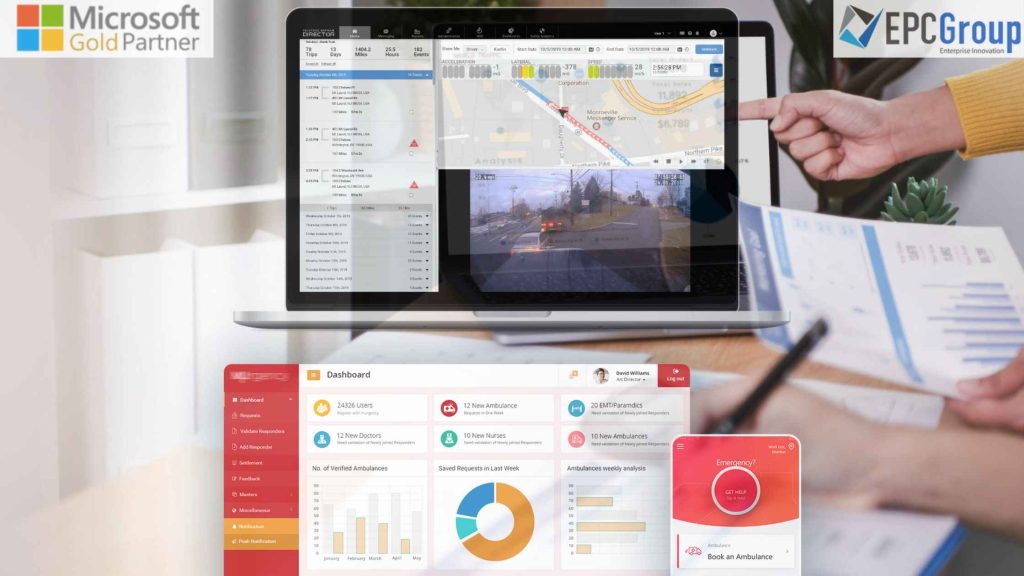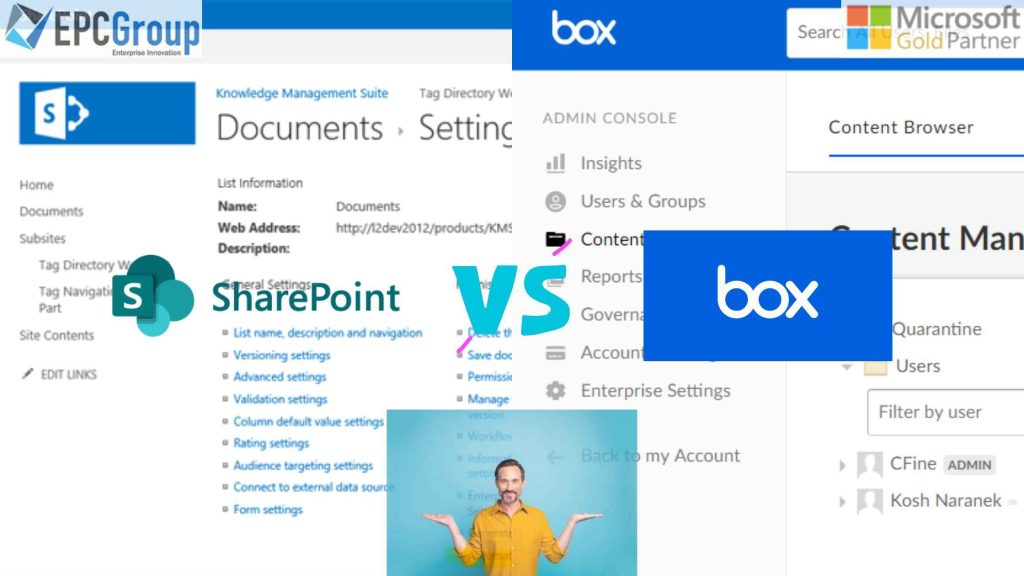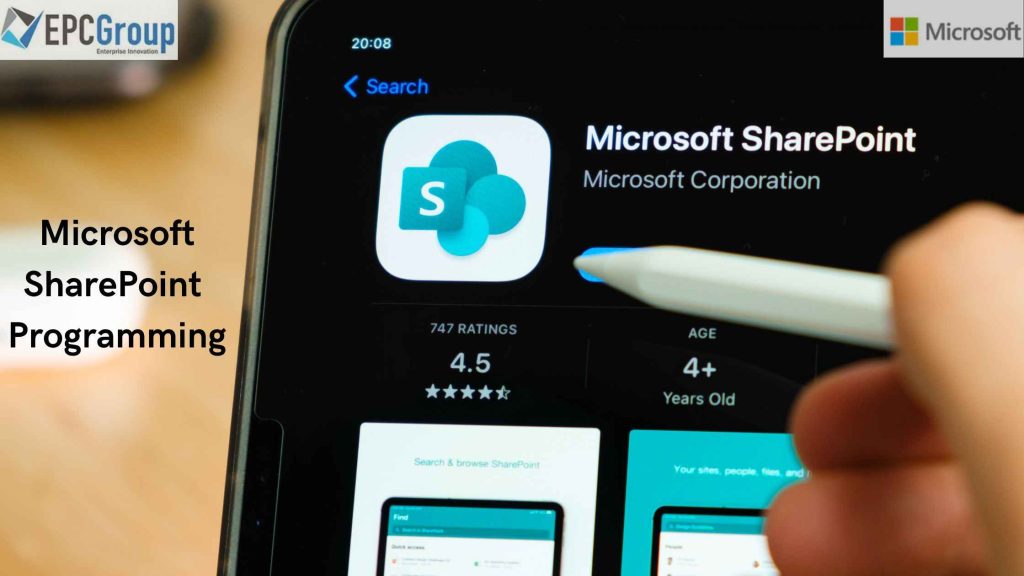How To Monitor And Manage SharePoint Fleet Management

The SharePoint fleet management system is a collection of tools and processes and an integrated, end-to-end solution that helps organizations monitor and manage their SharePoint infrastructure. Therefore, it’s essential to understand how all these components work together to effectively plan for, implement and manage the SharePoint fleet management system. Understanding the workflow for managing SharePoint […]
Box Vs. SharePoint – Which Is Better For Business Content Collaboration?

Box and SharePoint are the most widely used business solutions available today. However, while they offer similar cloud-based solutions, they differ significantly. We have compared Box vs. SharePoint based on our reviews in five categories: ease of use, team management, security, cost, and customization. Microsoft SharePoint is a comprehensive collaboration platform used by many global […]
NetDocuments vs SharePoint: 7 Key differences you need to know!

Are you facing difficulty to get an appropriate data management service or selecting among cloud apps? EPC will support your research on the critical evaluation of NetDocuments vs SharePoint. Microsoft SharePoint is a web-based storage solution that configures you with a storage place, sharing space, access authority, and organization of all the activities. All you […]
SharePoint Programming launching Digitalization with SQL Server

We are talking about the SharePoint Programming Framework (SPFx) is that web part model in which full support is provided for SharePoint data integration. You can now use this modern web technology to develop a productive app for a responsive mobile-ready experience. The SPFx is highly recommended for your commercial and private use because it […]
EPC Group’s SharePoint 2013 Development Best Practices
This EPC Group blog is intended for developers who want to create custom solutions for SharePoint 2013. The purpose of this document is to share EPC Group’s proven best practices for developing customs solutions for SharePoint 2013. BLOG SUMMARY This blog provides guidelines and practices related to development for a SharePoint 2013 environment. This blog contains […]
The REST APIs and OData in SharePoint 2013
REST APIs in SharePoint 2013 are now compatible with OData, the industry standard for creating and consuming data APIs. The official reference for OData, as well as to track updates regarding this industry standard, can be found at the following link: http://www.odata.org OData’s official description, in essence, states that OData builds on core protocols like HTTP […]
Understanding Office 365 API Tools for Best Practices Office 365 Development
Microsoft has recently introduced the next step in the evolution of the Office 365 platform by releasing the Office 365 API Tools, as shown in the image below. This continues to extend the platform and opens up more possibilities around the hybrid cloud with the capability to access SharePoint 2013 on-premises. It also extends the platform in Office 2013 […]
SharePoint 2013’s APIs, Office 365 API Tools and Development Options
SharePoint 2013’s APIs enable apps, as well as other elements, to connect and integrate with SharePoint’s core features. The APIs, as depicted in the image below, provide apps the capability to view content or integrate with a workflow or even perform searches. For example, if you were developing an app for a business intelligence initiative, SharePoint 2013’s APIs would […]
Security & Identity Management Considerations for Application Development
There are various security, identity management, and authentication considerations when developing custom applications and related features in SharePoint 2013, Office 365, SharePoint Online, and Microsoft Azure. You should always keep in mind SharePoint 2013’s “claims first” authentication architecture during your development, as well as in discussions with the business about their custom requirements. With SharePoint […]



